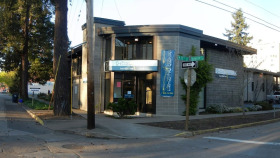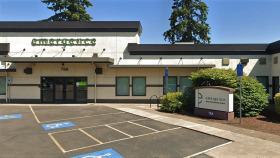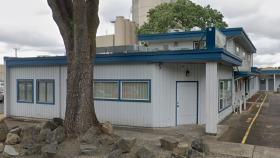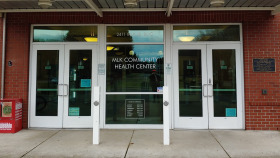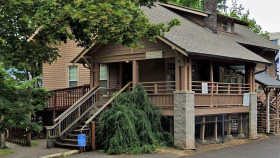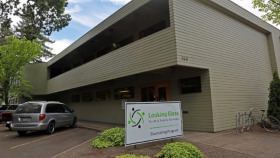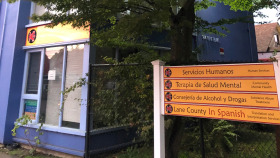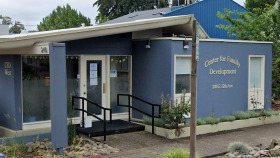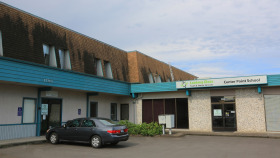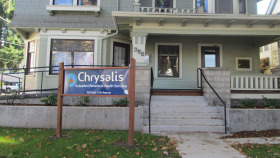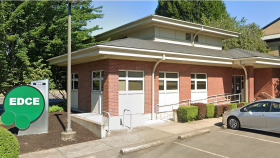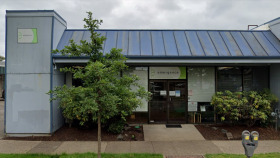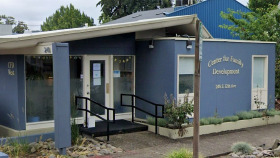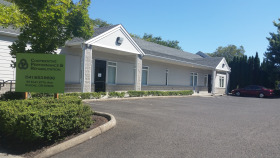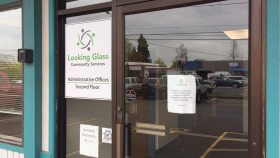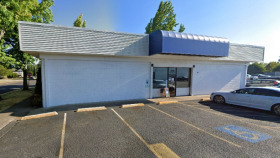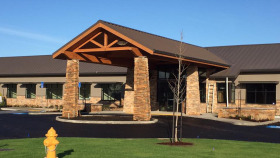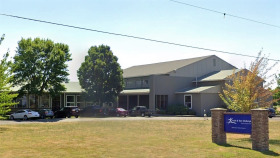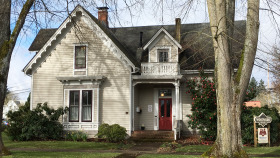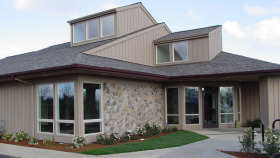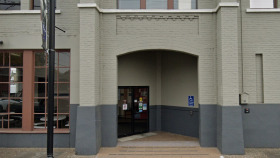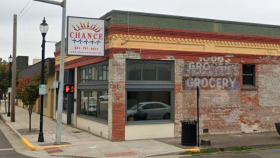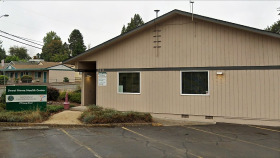Expert Insights
I recently read in the news that 61,000 people in Lane County — which includes Eugene — have substance use disorder but can’t get treatment. As a peer mentor who has recovered it breaks my heart that we can’t do more to help people into recovery. Measure 110 has provided millions in funding and we’ve seen low-barrier recovery support, like peer mentors, really help but we don’t have enough. The other problem is that the funding could be cut at any moment as nearly a dozen bills have been proposed that could change our finding. I think that state officials should not be making decisions about people when they have no lived experience of addiction. As peers, we know that without a peer support system, detox and treatment may not be successful long-term. So it’s short-sighted, in my opinion, to cut funding to the very people that keep folks in recovery!
~ Olivia Pennelle
Cost of Drug Rehab in Eugene
The cost at rehabs and detox centers in Eugene differs from patient to patient and from facility to facility. Whether you have health insurance and what it covers will likely play a major role in determining your out-of-pocket costs.
The level of care you require will also impact your costs. Inpatient is usually much more expensive than outpatient since it includes room and board, meals, and around-the-clock supervision and care. The length of your program—and whether you transition into a step-down program—will also affect your treatment costs. Other factors that influence expenses include facility type and whether you need medications for addiction.
Many Eugene drug rehabs accept multiple forms of payment and several offer assistance to those who qualify. According to the Substance Abuse and Mental Health Administration, 18 facilities are located within a 10-mile radius of Eugene. Of those facilities:4
Eugene, OR, Drug and Alcohol Statistics
Eugene is the county seat and most populous city in Lane County, Oregon. Like many areas throughout the state, the city has seen sharp increases in opioid use and overdoses in recent years. According to data from the Oregon Health Authority, the state’s SAMHSA-designated substance use authority, Lane County recorded nearly 930 EMS calls involving opioid overdoses in 2019 alone.1 Other recent alcohol and drug use statistics of note include:1, 2, 3

Lane County recorded higher rates of drug-related hospitalizations than the state. In 2018, nearly 560 people were hospitalized for drug-related overdoses.

In 2019, Lane County recorded the second-highest number of overdose fatalities of all counties in the state. That year, 117 residents lost their lives to a drug overdose.
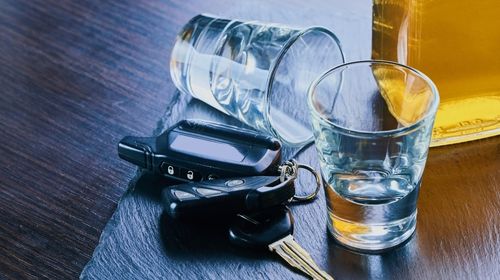
From 2014 to 2017, nearly 21% of Lane County adults reported engaging in binge drinking, and 14.5% of 11th graders reported using alcohol in the last 30 days.

As of 2017, Lane County had a higher alcohol-induced mortality rate than Oregon as a whole. Males had a higher rate than females at 36.3 and 9.6 per 100,000.
Alcohol and Drug Laws in Eugene, OR
Oregon Good Samaritan Law: Under this law, anyone who calls 911 in the event of an overdose cannot be arrested or prosecuted for drug-related charges.7 This law also protects the overdose victim from arrest or prosecution for the same drug-related crimes.
Oregon Naloxone Standing Order: This order allows anyone at risk of an opioid overdose to get naloxone from a licensed pharmacy without a prescription. It also allows anyone who may be able to administer naloxone to someone experiencing an overdose to get the medication without a prescription.8
Oregon Family Leave Act (OFLA): In Oregon, anyone working for an employer with 25 or more employees can qualify for up to 12 weeks of protected leave if they need to enroll in addiction treatment. However, eligibility depends on whether the individual has worked for their employer for an average of 25 hours per week for at least 180 days.9
Resources
- Eugene, Oregon Population 2020 (Demographics, Maps, Graphs). (n.d.). Worldpopulationreview.com.
- FindTreatment.gov. (n.d.). FindTreatment.gov.
- Oregon Health Authority. (n.d.). Oregon Prescribing and Drug Overdose Dashboard.
- Oregon Health Authority. (2019). Adult binge drinking by county, Oregon, 2014–2017.
- Lane County Department of Health and Human Services. (n.d.). Lane County Local Mental Health and Addictions Plan 2019–2021.
- Substance Abuse and Mental Health Services Administration. (n.d.). FindTreatment.gov.
- Substance Abuse and Mental Health Services Administration. (2016, December 16). Directory of Single State Agencies (SSA) for Substance Abuse Services.
- Office of the Assistance Secretary for Planning and Evaluation. (n.d.). Frequently Asked Questions Related to the Poverty Guideline and Poverty.
- Oregon Legislature. (2015). Oregon Laws 2015.
- Oregon Health Authority. (n.d.). Naloxone Rescue for Opioid Overdose.
- Oregon Bureau of Labor and Industries. (n.d.). Oregon Family Leave Act (OFLA).



